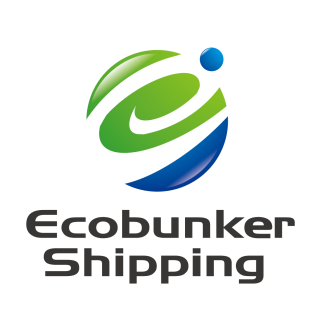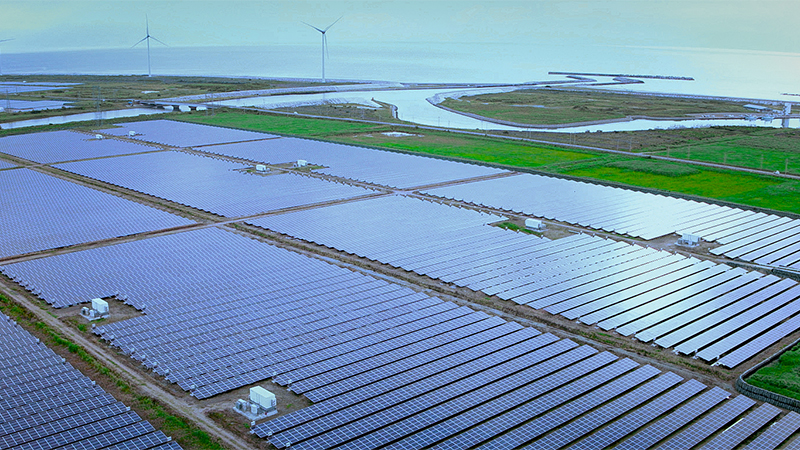Feb. 27, 2019
Sumitomo Corporation
Yokohama-Kawasaki International Port Corporation
Uyeno Transtech Ltd.
LNG Bunkering Vessel to Start Operation in Tokyo Bay in 2020
Sumitomo Corporation (Head Office: Chiyoda-ku, Tokyo; Representative Director, President and Chief Executive Officer: Masayuki Hyodo), Yokohama-Kawasaki International Port Corporation (Head Office: Yokohama, Kanagawa Prefecture; President & CEO: Masamichi Morooka; hereinafter, “YKIP”), and Uyeno Transtech Ltd. (Head Office: Yokohama, Kanagawa Prefecture; Chairman & President: Takashi Ueno; hereinafter, “Uyeno Transtech”) (hereinafter collectively referred to as “the trio”) have ordered an LNG Bunkering Vessel(Note 1; hereinafter, “the Vessel”) from Japan Marine United Corporation via Ecobunker Shipping Co., Ltd. (Head Office: Yokohama, Kanagawa Prefecture; President and CEO: Shu Nakamura; hereinafter, “Ecobunker Shipping”), a joint venture established by the trio.
After jointly studying the commercial feasibility of Ship-To-Ship LNG Bunkering Business in Tokyo Bay (Note 2) (hereinafter, “the Business”), the trio recently came to an official decision on launching the Business, and will move ahead with constructing the Vessel and preparing for its operation with the aim of starting services in 2020.
The Vessel will be Asia’s first Bunkering Vessel able to supply both LNG fuel (Note 3) and compliant marine fuel oil (Note 4), and it is expected to have the world’s largest gross tonnage for such Bunkering Vessel at 4,100 tons. Its LNG tank capacity will be 2,500m3 (the equivalent of around 1,500 tons of marine fuel oil), making it possible to supply the LNG fuel needed for a round trip between Asia and North America (Note 5). The oil tank will have a capacity of 1,500m3, making it one of the largest for a bunkering vessel operating in Tokyo Bay. The oil tank will be converted to a LNG tank depending on LNG fuel demand growth in Tokyo Bay.
SOx emission restriction in general sea areas is scheduled to go into effect on 1st January 2020, and it is anticipated that other environmental regulations will be imposed tightly in near future, such as greenhouse gas emission restriction in accordance with the Paris Agreement. The trio will be undertaking the Business through Ecobunker Shipping to promote wide spread of eco-friendly bunker and to make Tokyo Bay one of the world’s LNG bunkering hubs.
| (Note 1) | Bunkering vessel: a marine fuel supply vessel |
| (Note 2) | STS (Ship-to-Ship) transfer: A method for supplying marine fuel to vessels at the berth or anchorage area by bunkering vessels |
| (Note 3) | LNG fuel: an environmentally-friendly alternative marine fuel that emit no sulfur oxides (SOx), up to 80% less nitrous oxides (NOx) and up to 30% less carbon dioxide (CO2) than conventional marine fuel oil |
| (Note 4) | Compliant marine fuel oil: an alternative marine fuel oil that complies with the tighter sulfur content restrictions imposed by the International Maritime Organization (IMO) from 1st January 2020 |
| (Note 5) | This estimate presumes fuel consumption of a Panamax container ship, car carrier, etc. |
<Reference>
| ■ Basic vessel specifications | ||
| Length | : | Approx. 95.57 m |
| Beam | : | Approx. 15.8 m |
| Draft | : | Approx. 4.4 m |
| Gross tonnage | : | Approx. 4,100 mt |
| LNG tank capacity | : | 2,500m3 |
| Compliant marine fuel oil capacity | : | 1,500m3 |
| Home port | : | Port of Yokohama |

■ Business structure

| ■ Profile of Ecobunker Shipping | |||
| Name of company | : | Ecobunker Shipping Co., Ltd. |  |
| Shareholders | : | Sumitomo Corporation, YKIP, Uyeno Transtech | |
| Location | : | Yokohama, Kanagawa Prefecture | |
| Date established | : | November 5, 2018 | |
- Inquiries
- Corporate Communications Department, Sumitomo Corporation
- News Release Contact Form



